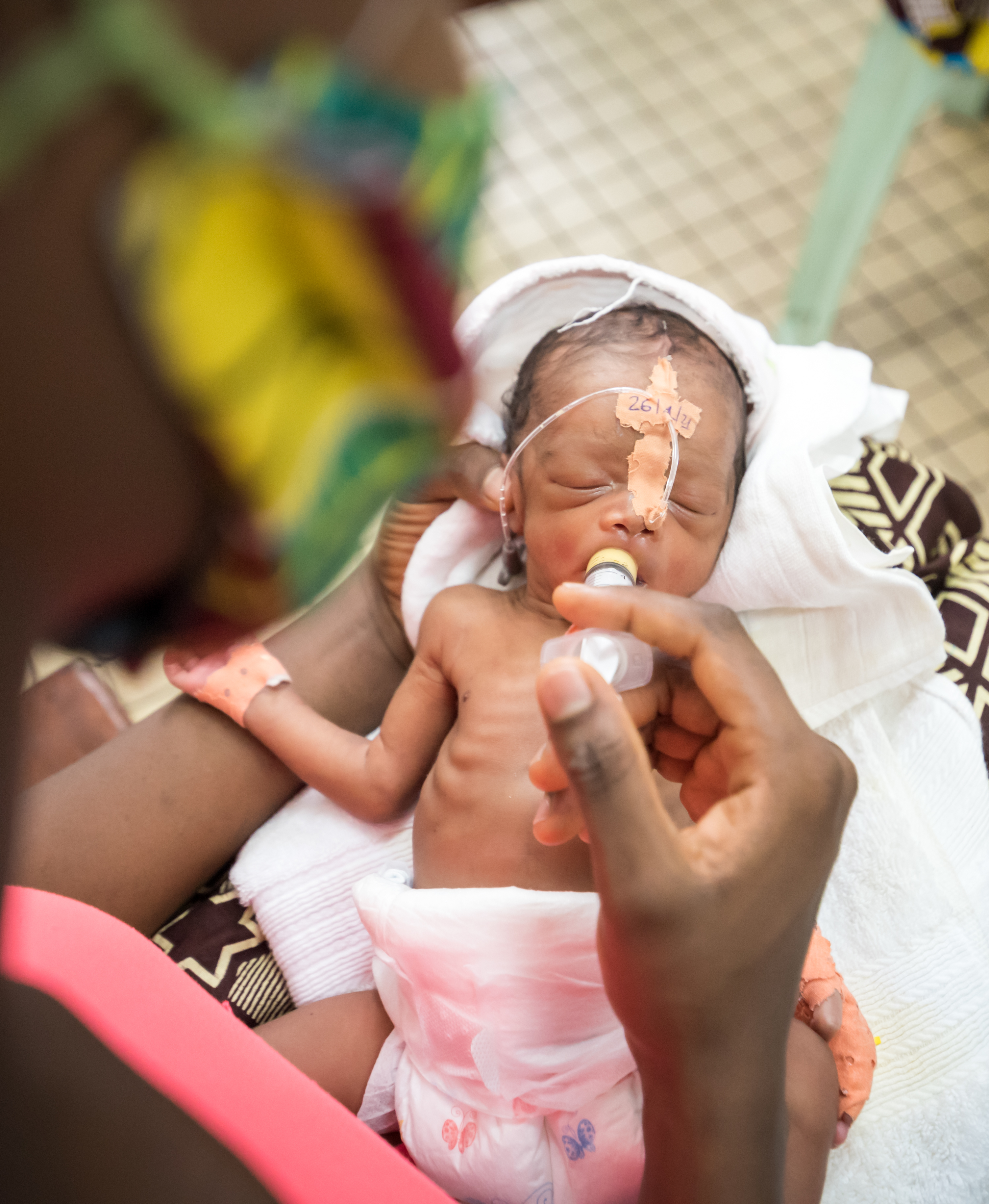 |
| ROP without treatment still results in a meaningful percentage of children at risk to develop unfavorable visual outcomes. Photo: Max Mbakop/Wikimedia Commons. Click image to enlarge. |
Babies born preterm can face numerous developmental obstacles. Both unfavorable visual and structural outcomes have been identified as long-term sequelae. A large study of patients evaluated for retinopathy of prematurity (ROP) aimed to evaluate just how prevalent visually significant disorders are in patients without treatment-requiring ROP at initial follow-up after completing ROP examinations. Medical records were acquired from June 2015 to September 2020 of all babies screened for ROP. Included in the study was a total of 304 patients with documented gestational age, birth weight and single vs. multiple birth status, all who did not need ROP treatment and who followed up with the institution’s pediatric ophthalmologist.
Of all subjects, 4.9% had strabismus, 9.9% had myopia, 57.2% had hyperopia, 18% had astigmatism, 1.3% had amblyopia, 1.6% were labeled amblyopia suspect, 0.3% had congenital glaucoma and 0.3% had congenital cataract. However, only 6.3% had a condition which required intervention at first evaluation after completion of ROP exams, and only in 2% was it a condition that would not have typically been identified without pediatric ophthalmologist evaluation.
When considering these results more broadly, the authors mention in their paper on the work that most infants do not require treatment of ROP, which was also true of this study’s population. The racial and ethnic demographics reflected the geographic location of the study (central Texas) and, consistent with modern screening criteria, most patients had birth weights less than 1,500g. At the patients’ worst, most only had retinal vessels ending in zone II. Even further, over half of those included didn’t develop ROP of stage 1 or higher, only demonstrating incomplete vascularization.
It should be noted, however, that this study did include patients whose initial follow-up was much later than the four- to six-month window recommended by the American Academy of Pediatrics. Here, initial follow-up after ROP exam completion ranged from three to 298 weeks.
On this topic, the authors believe that “there are circumstances in which the recommended four- to six-month follow-up interval is clearly appropriate, for example, in cases where there is an extended or unstable course of neonatal intensive care, greater severity of ROP, high risk of neurological impairment or transfer to another location or provider. Additionally, babies with lower birth weight may benefit from a closer follow-up.”
Nickell M, Recko M, Young L, et al. Outcomes for non-treatment-requiring infants evaluated for retinopathy of prematurity. J AAPOS. September 16, 2023. [Epub ahead of print]. |

